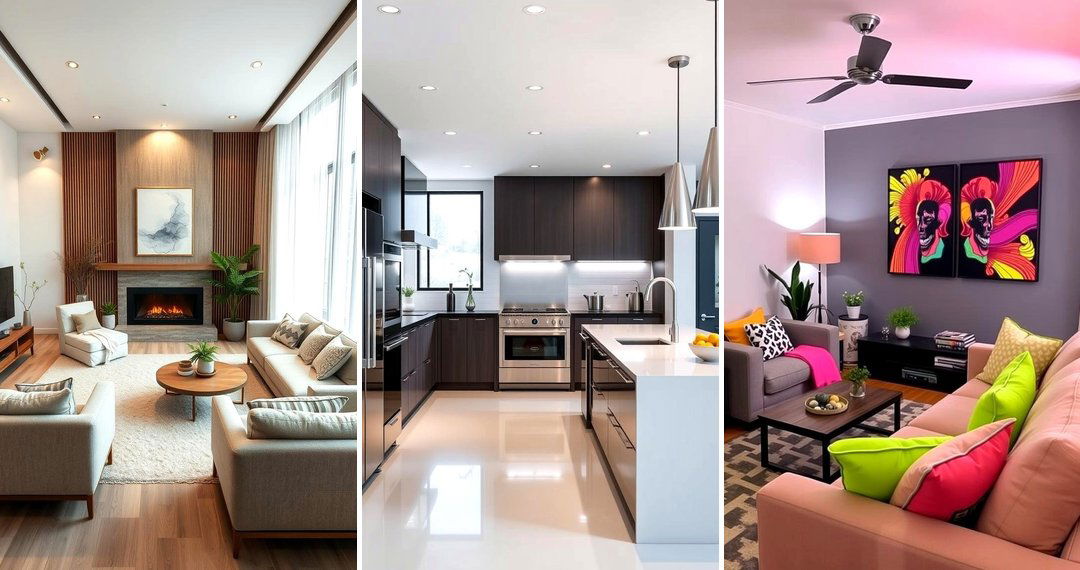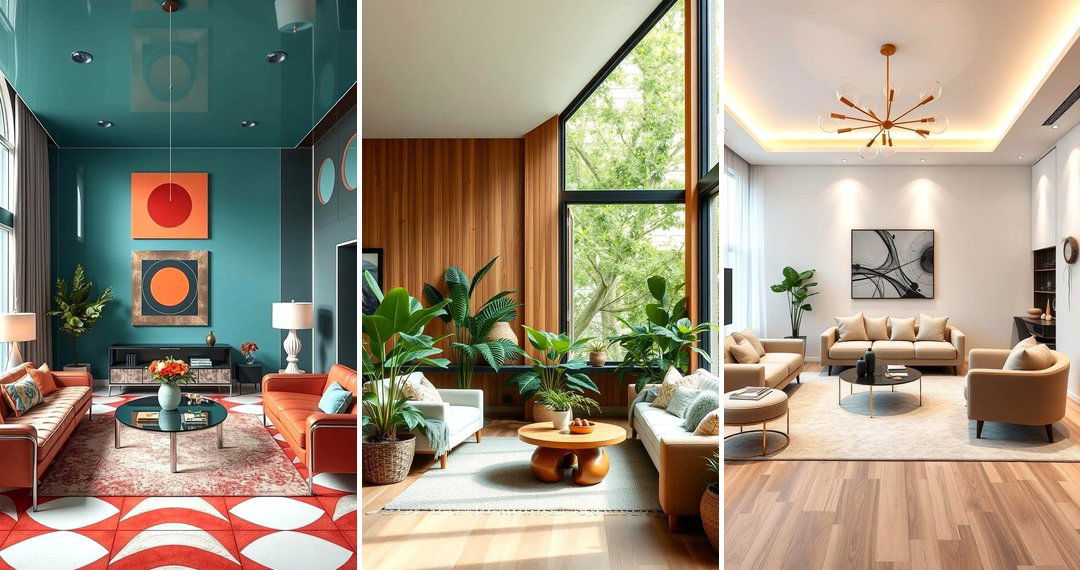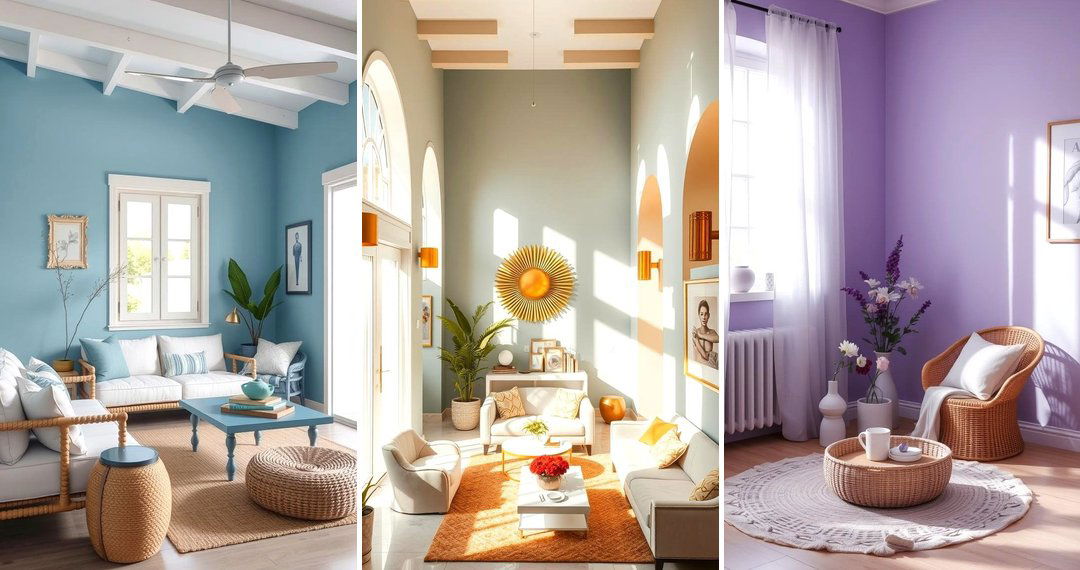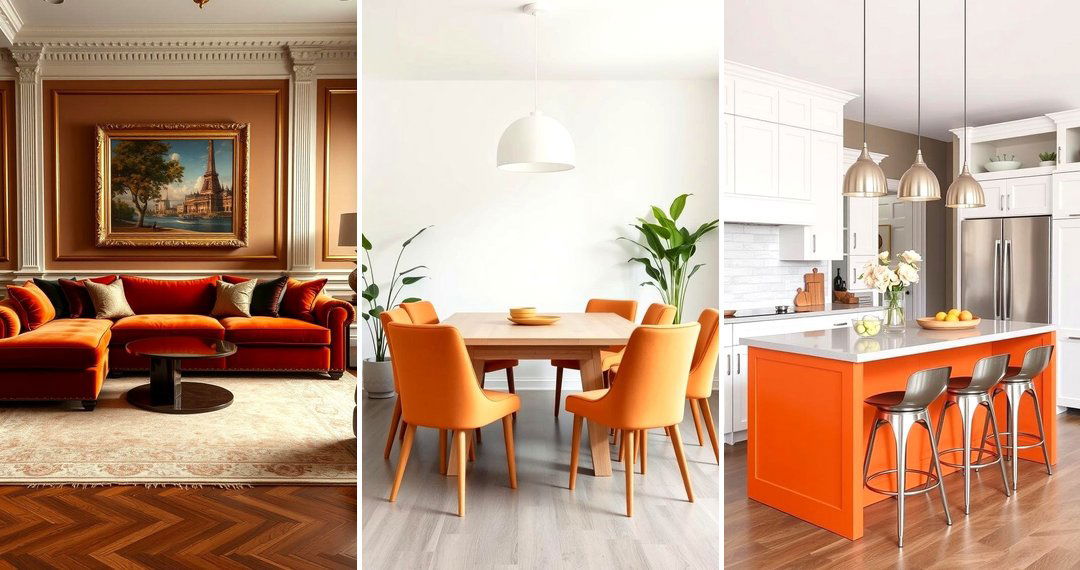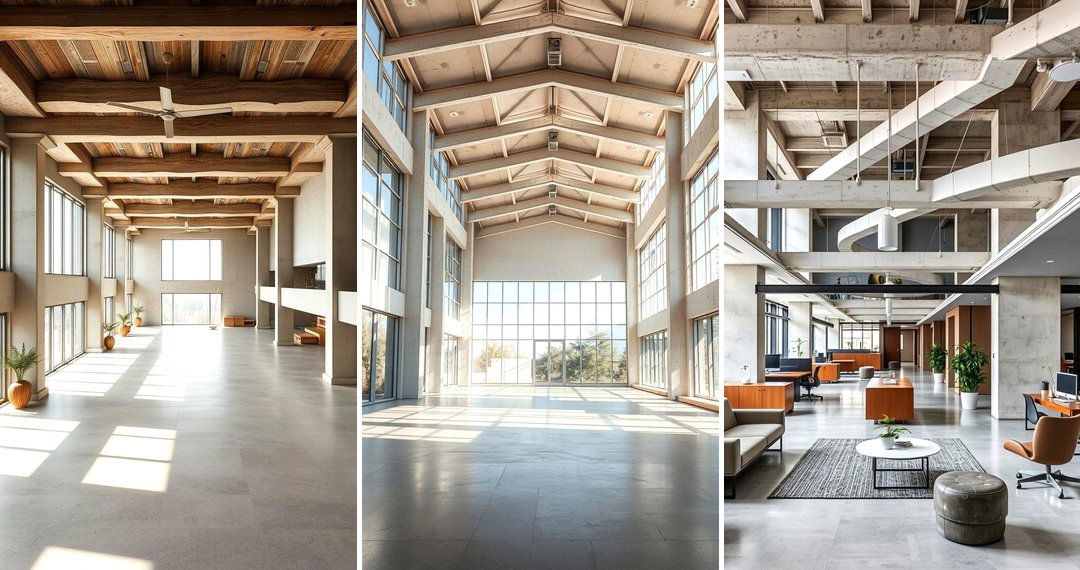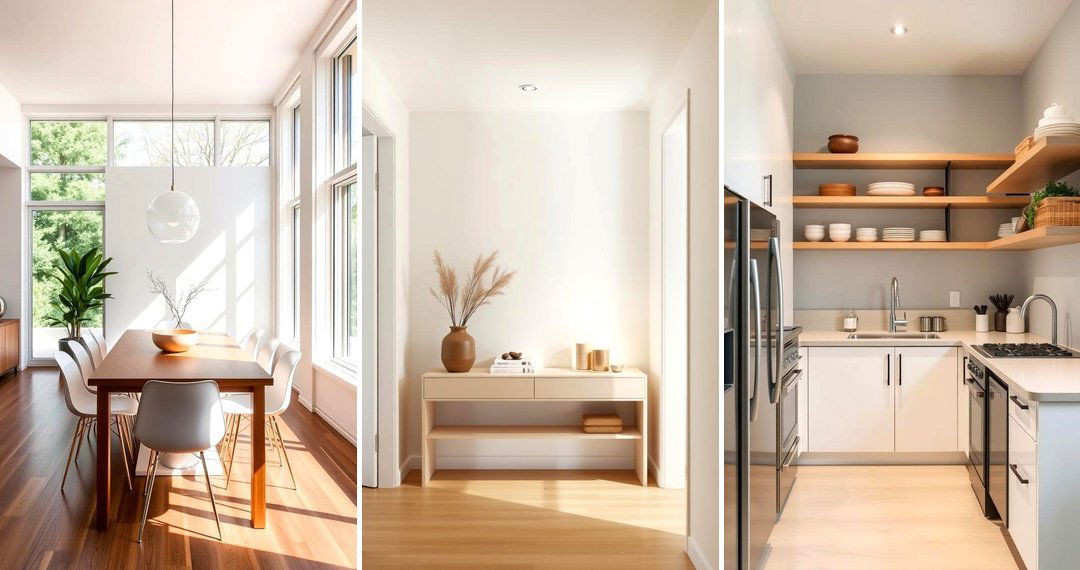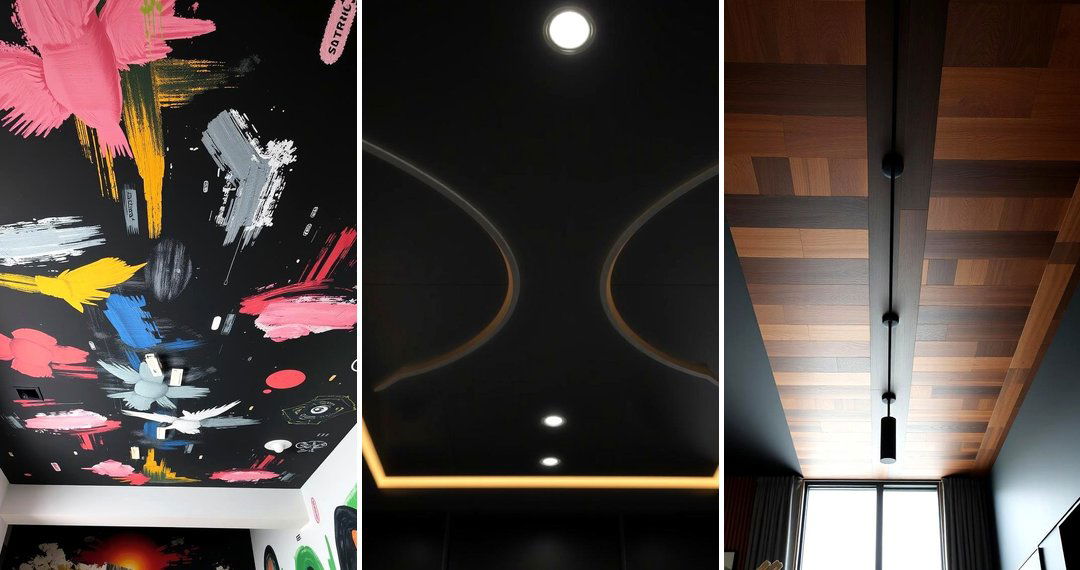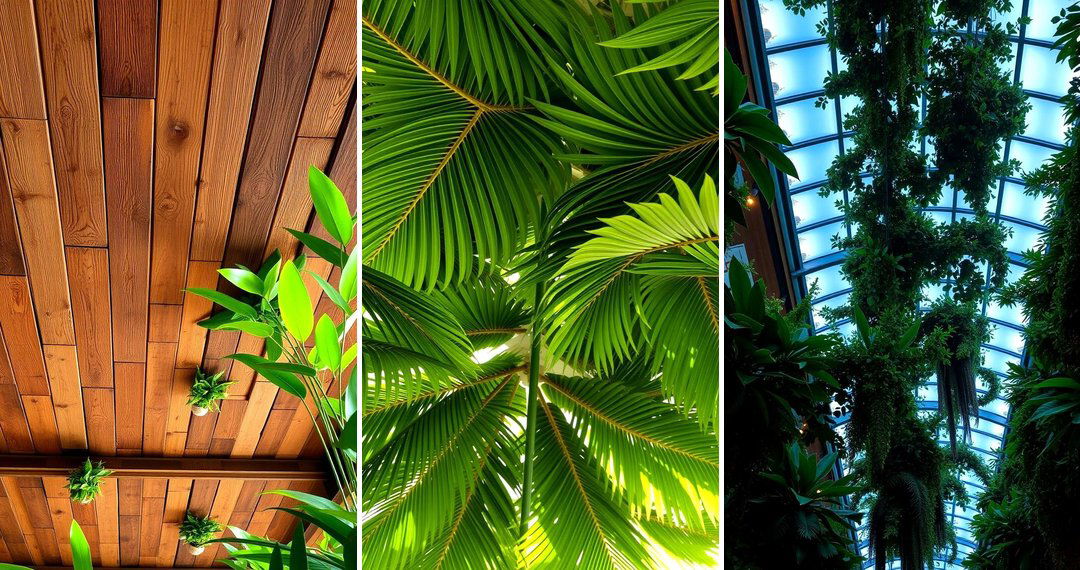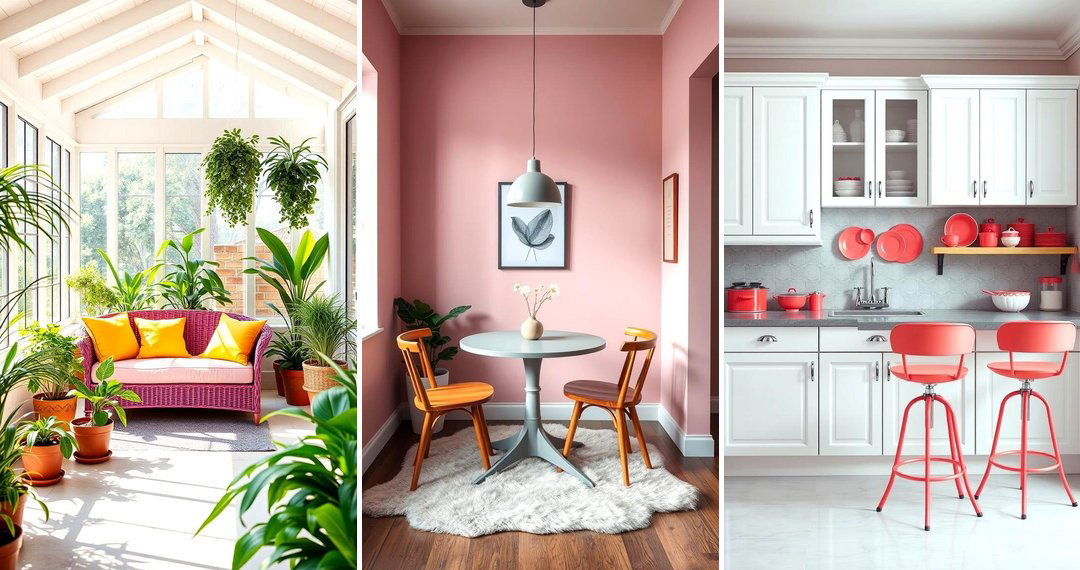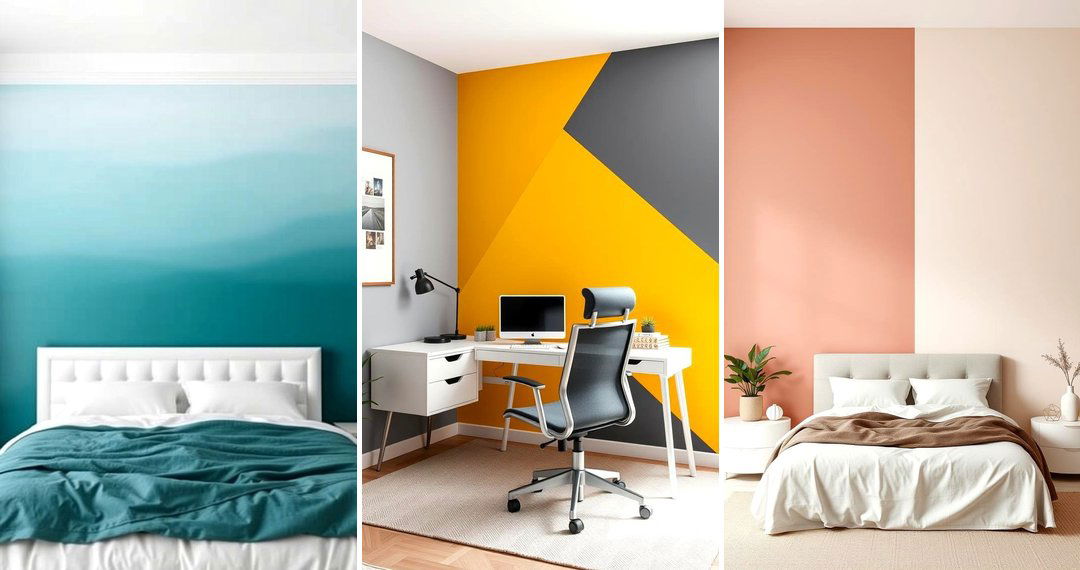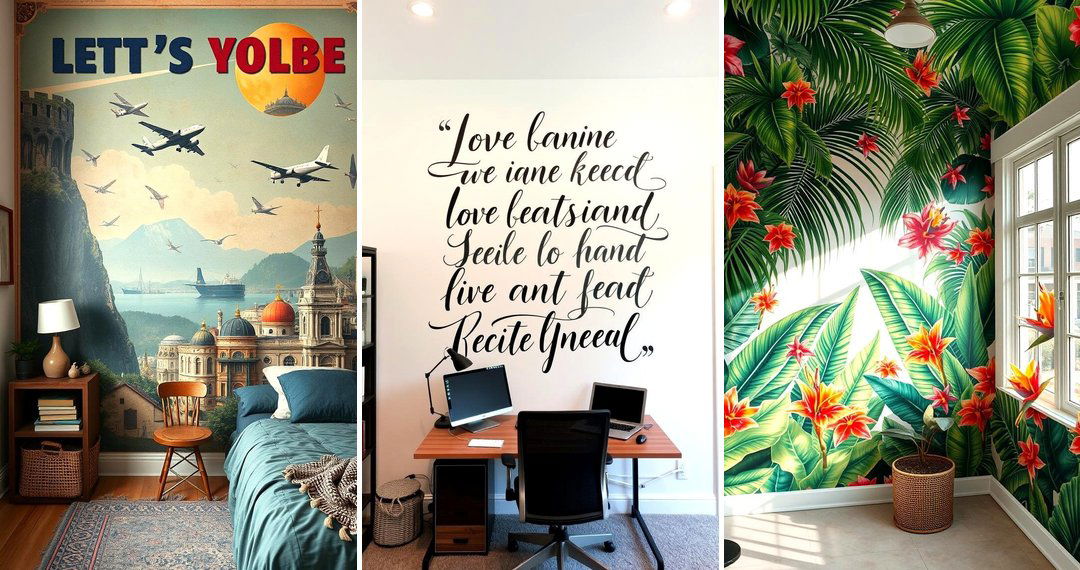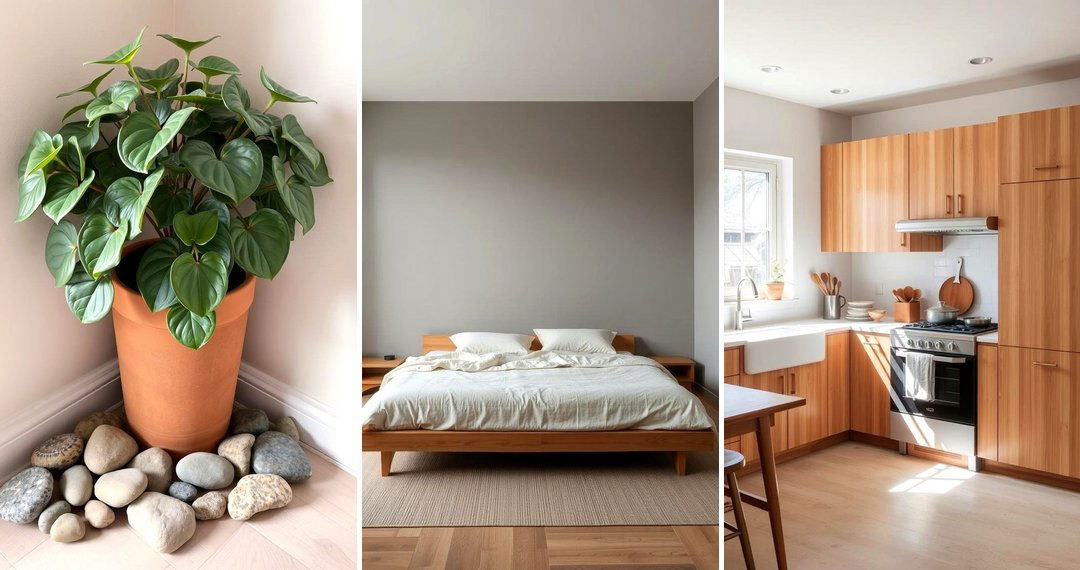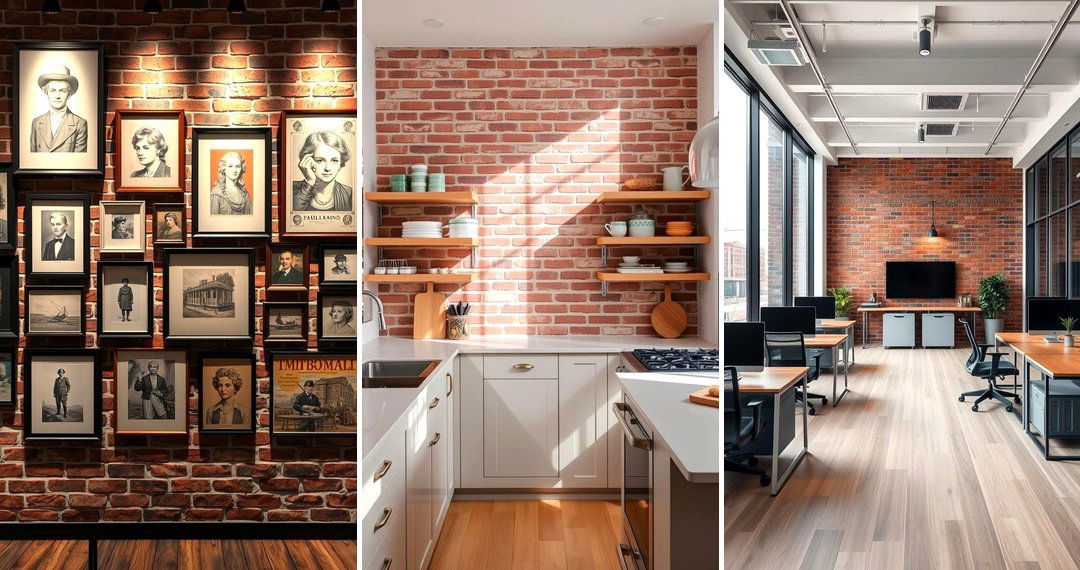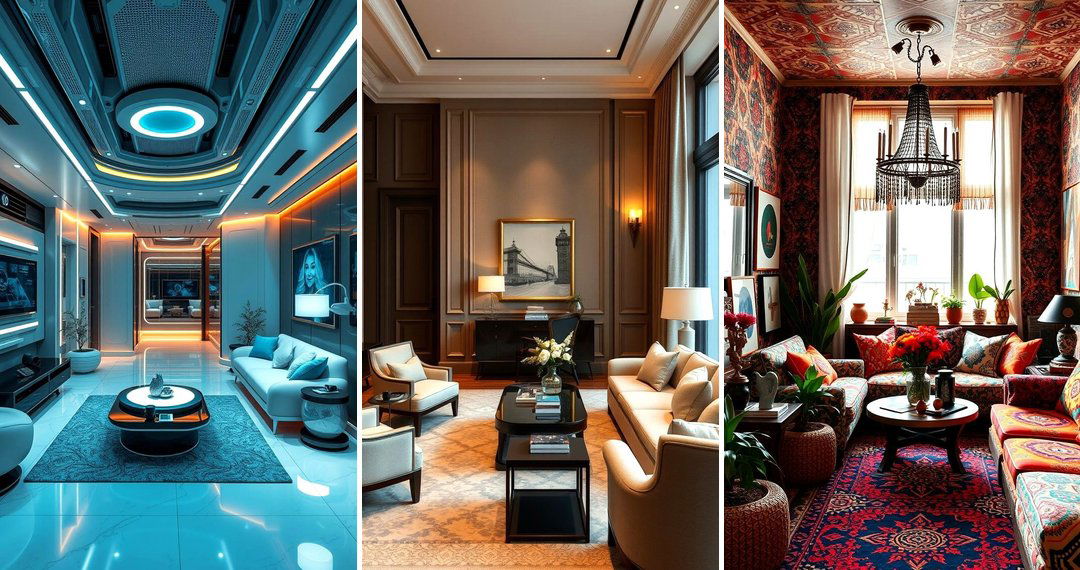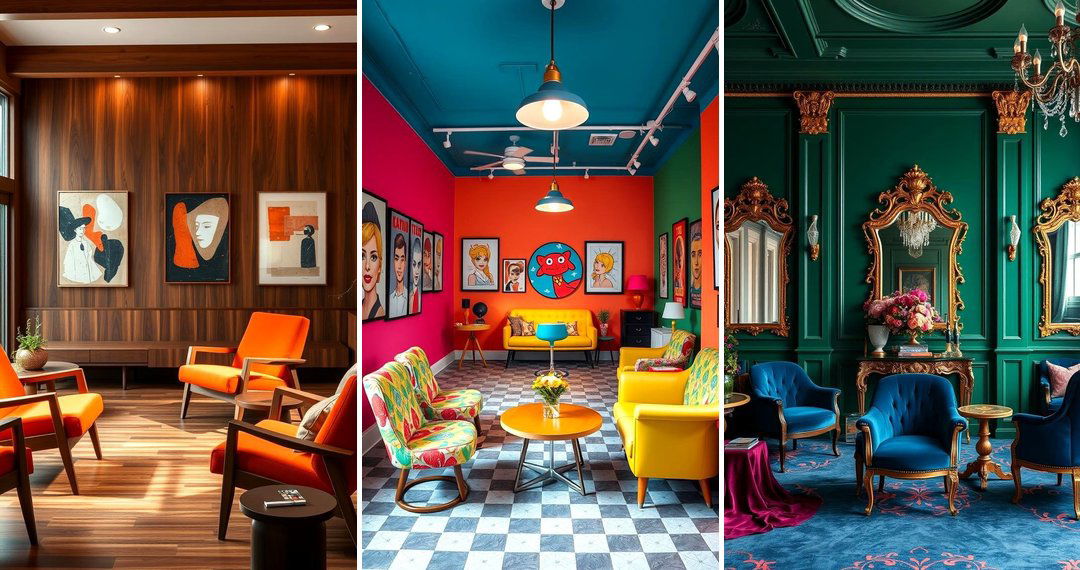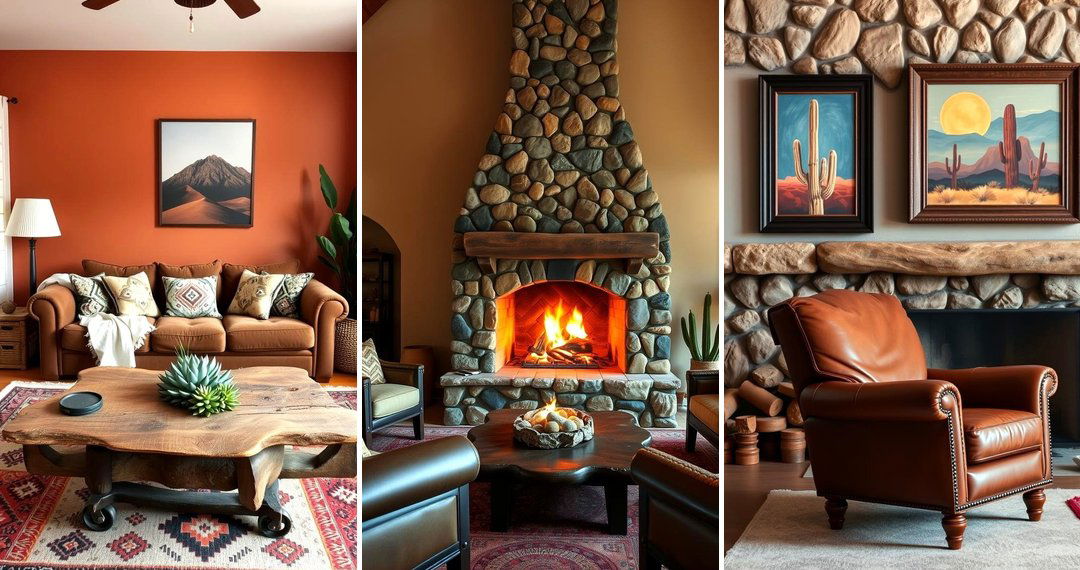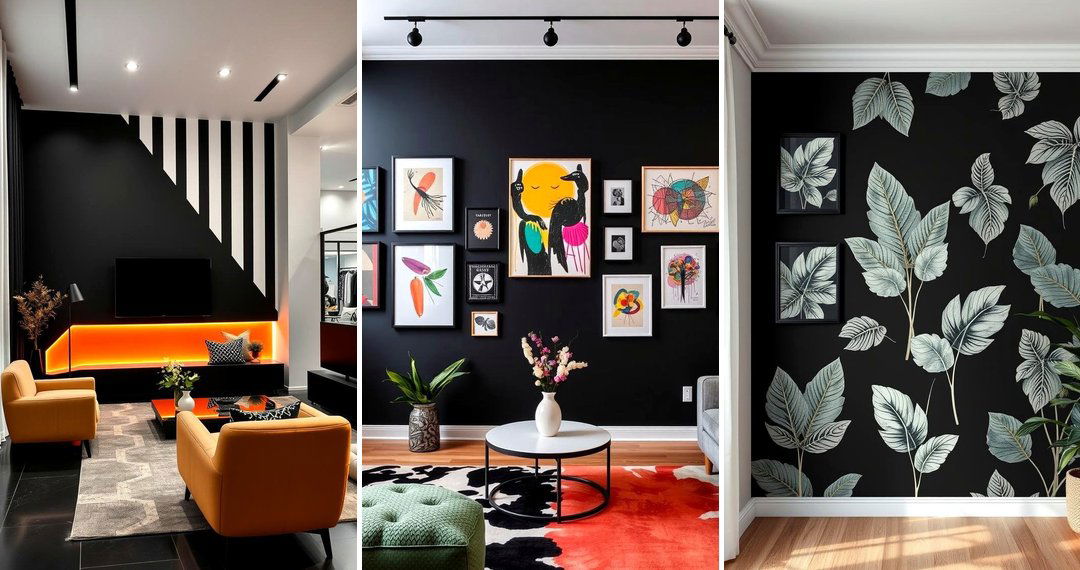Introduction:
The 1990s were a transformative decade in interior design, blending innovation with a sense of nostalgia. This period saw bold experiments with color, texture, and form, creating spaces that were both functional and expressive. From minimalistic trends to maximalist expressions, the 90s offered a variety of styles that catered to diverse tastes. Whether it was the rise of industrial chic, the soft comforts of country aesthetics, or the sharp angles of modern design, the decade was marked by its distinctive approach to creating living spaces. Explore these 24 unique 1990s interior design ideas to bring a nostalgic yet timeless vibe into your home.
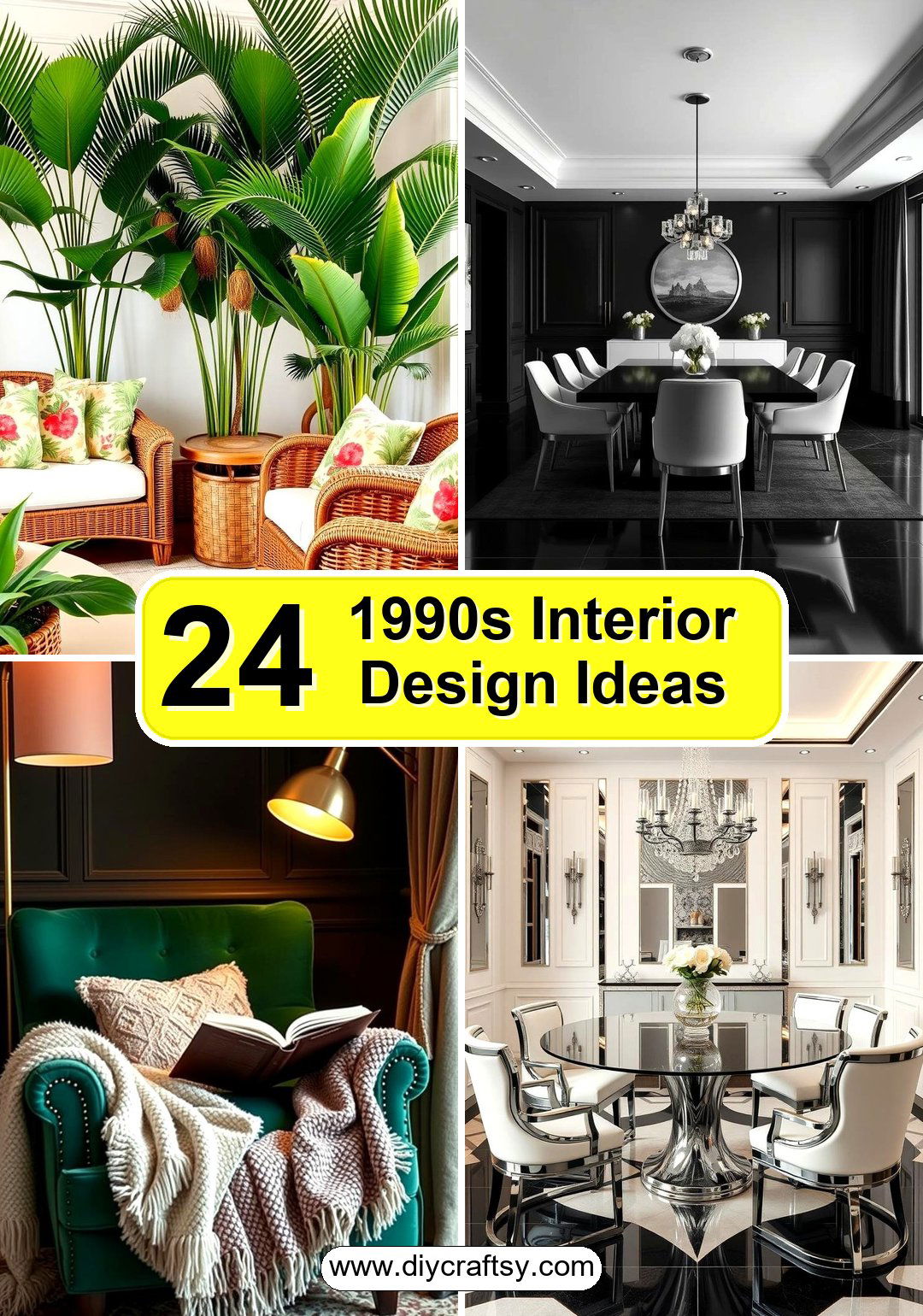
1. Bold Color Palettes
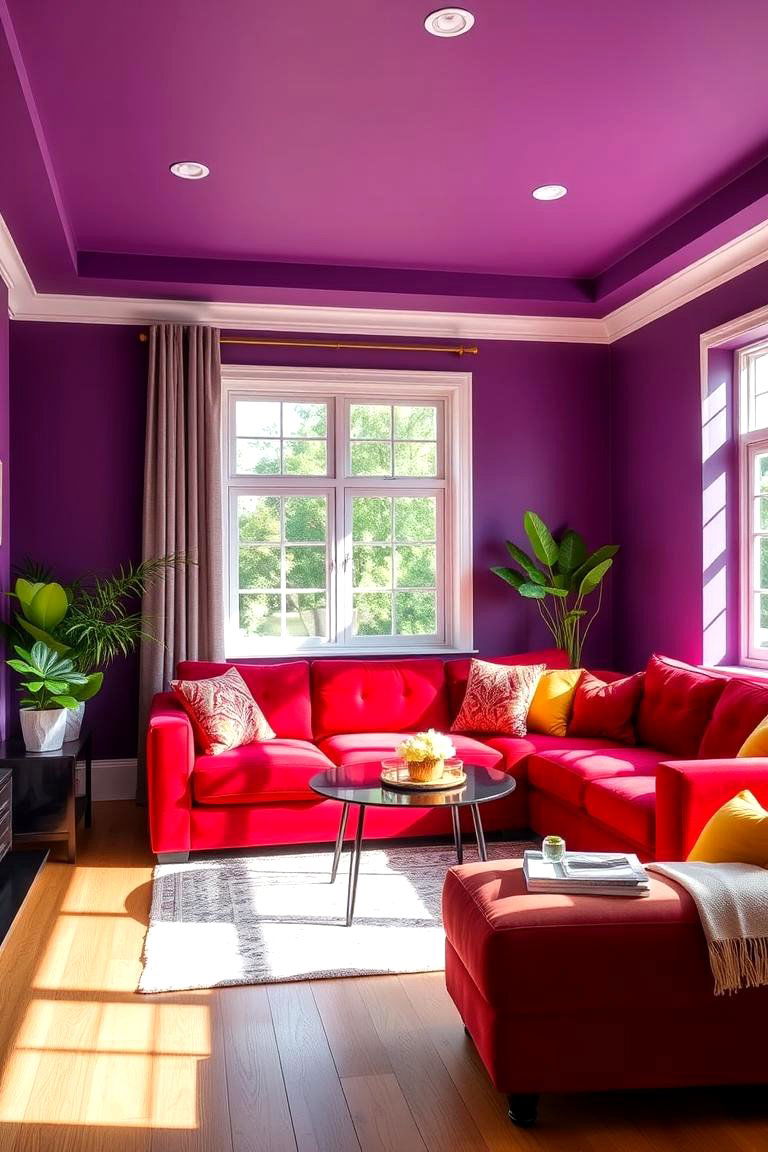
Bright colors dominated the 1990s interior design scene. Instead of neutral tones, vibrant hues like deep purples, fiery reds, and sunny yellows were used to add energy to any room. These bold choices provided a playful yet daring aesthetic, making rooms feel alive and full of character. The use of these bold colors not only showcased personal style but also encouraged creativity. Rooms painted in dramatic shades made strong impressions, and accent walls became a popular way to add a pop of color without overwhelming the space.
2. Minimalist Style

Simplicity was a key trend in 1990s interiors, with minimalism leading the charge. Clean lines, functional furniture, and clutter-free spaces were the hallmarks of this style. The minimalist approach focused on creating an atmosphere of calm and order, often with a neutral color palette and sleek, modern furnishings. By focusing on only the essentials, the minimalist style emphasized quality over quantity. It’s perfect for those who value serenity and simplicity in their living spaces, offering a sense of spaciousness and tranquility.
3. Industrial Chic

Inspired by urban lofts and repurposed warehouses, industrial chic was all about embracing raw materials and unfinished looks. Exposed brick walls, steel beams, and reclaimed wood became staples in homes, adding character and a sense of rugged elegance. This design trend reflected the growing fascination with city life and factory aesthetics, mixing practicality with style. Industrial chic also encouraged the use of vintage and salvaged pieces, giving each room a unique and eclectic feel. It’s perfect for creating a space that feels both modern and rustic at the same time.
4. Grunge Aesthetic

The grunge movement influenced interior design in the 1990s, bringing a rebellious, laid-back vibe to homes. Dark colors, mismatched furniture, and a mix of old and new elements were key to this style. Grunge interiors often featured distressed furniture, vintage rugs, and unexpected combinations of textures. The focus was less on perfection and more on comfort and individuality. This style embraced a lived-in, lived-with aesthetic, where every piece of furniture and decor told its own story. It was ideal for those who valued authenticity and creativity over polished looks.
5. Geometric Patterns

Geometric patterns were everywhere in the 1990s, making their way onto walls, carpets, and furniture. Bold shapes, such as triangles, squares, and circles, were used to create striking designs that added visual interest to any room. These patterns could be incorporated in subtle ways, such as a patterned rug or more boldly through wallpaper or furniture choices. Geometric shapes helped define the era’s modern and edgy vibe, offering a way to add structure and dynamism to a space while maintaining a sense of balance.
6. Velvet Furniture
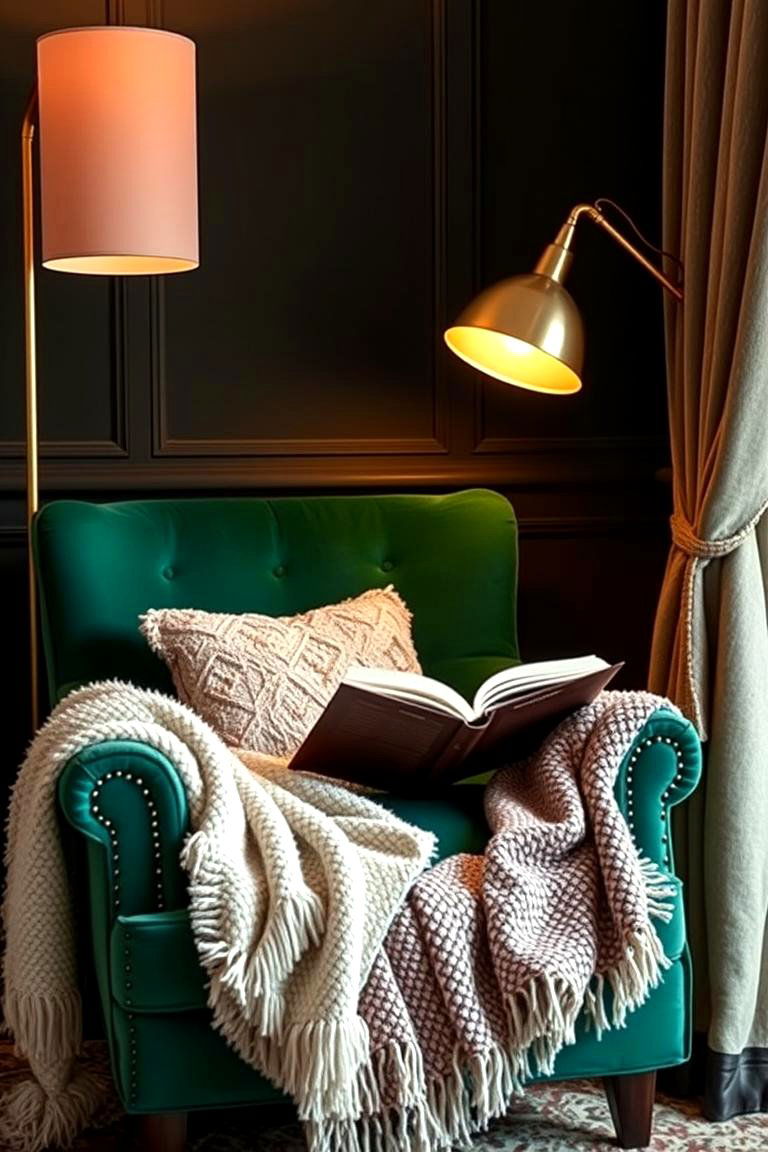
Velvet was a luxurious fabric that found its place in 1990s interiors. Velvet sofas, armchairs, and curtains added a touch of opulence to living rooms and bedrooms. The rich texture of velvet helped elevate the style of a room, creating a feeling of sophistication and comfort. Whether in deep jewel tones or soft pastels, velvet added a sense of warmth and coziness to the design. It was often paired with other elegant materials like gold or brass to create a glamorous, inviting atmosphere.
7. Country Cottage Style

Inspired by rural charm, the country cottage style became popular during the 1990s. This design favored warm colors, floral prints, and rustic furnishings that evoked a sense of homey comfort. Wooden furniture, lace curtains, and gingham patterns created a relaxed, nostalgic feel. The focus was on creating a space that felt welcoming and lived-in, with plenty of cozy details like vintage knick-knacks and handmade crafts. This style was perfect for anyone looking to bring a little countryside tranquility into their urban or suburban home.
8. Futuristic Design

The 1990s were also a time of optimism and forward-thinking, which was reflected in futuristic interior design. Sharp, angular furniture, high-tech materials, and metallic finishes were used to create spaces that felt ahead of their time. Futuristic design embraced boldness and innovation, often incorporating elements like transparent furniture, neon lights, and glossy surfaces. This style was all about creating a vision of what the future might look like, making it perfect for those who wanted their interiors to feel cutting-edge and progressive.
9. Neo-Colonial Style

Neo-Colonial design in the 1990s was a revival of traditional colonial-style furniture with a more modern twist. Classic elements like dark wood furniture, brass fixtures, and symmetrical layouts were paired with lighter fabrics and simpler designs to create a refined yet comfortable atmosphere. The style emphasized balance and elegance, using historical references to add depth to spaces. Neo-Colonial interiors often incorporated tropical motifs and vibrant textiles, providing a fusion of old-world charm and contemporary comfort.
10. Eclectic Mix
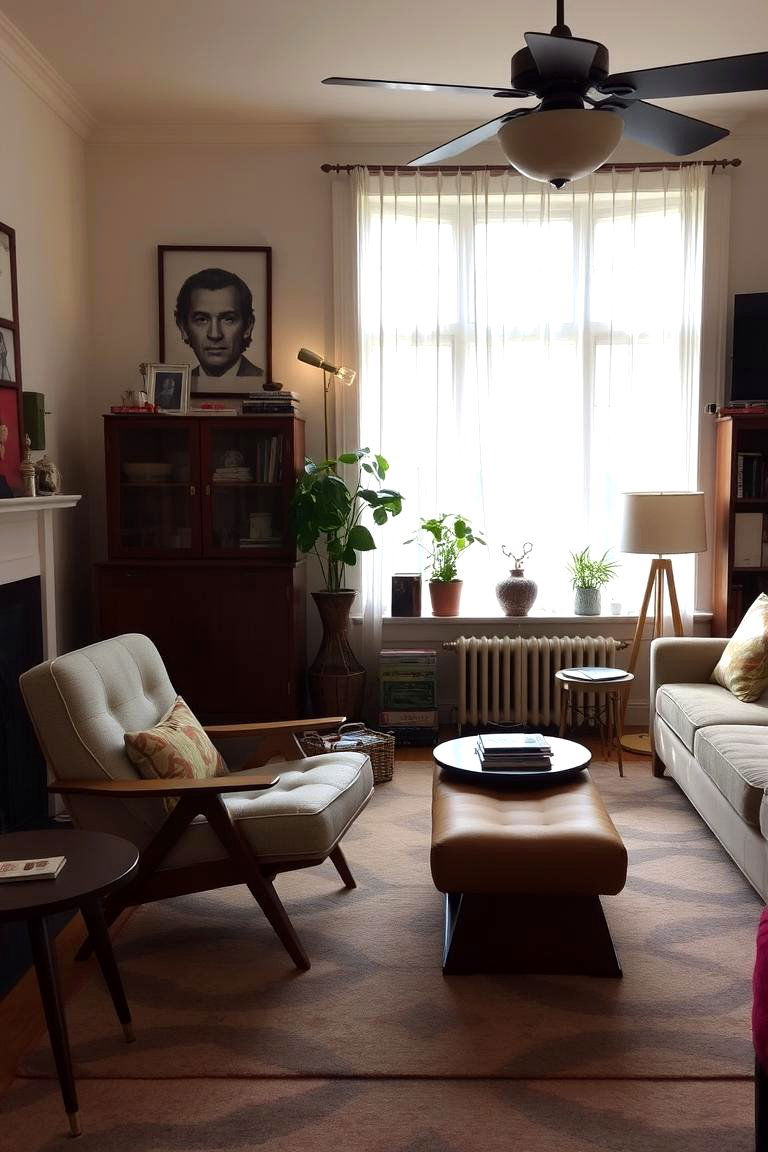
The 1990s saw a rise in eclectic design, where different styles, periods, and materials were combined to create a unique and personalized space. This approach allowed homeowners to mix vintage, modern, and even industrial elements in a harmonious way. The key to making this style work was balance—blending bold patterns with neutral tones or combining antique furniture with modern accessories. An eclectic design encouraged creativity and individuality, making it an ideal choice for those who wanted to express their personal tastes and create a space that felt unique and lived-in.
11. Art Deco Revival
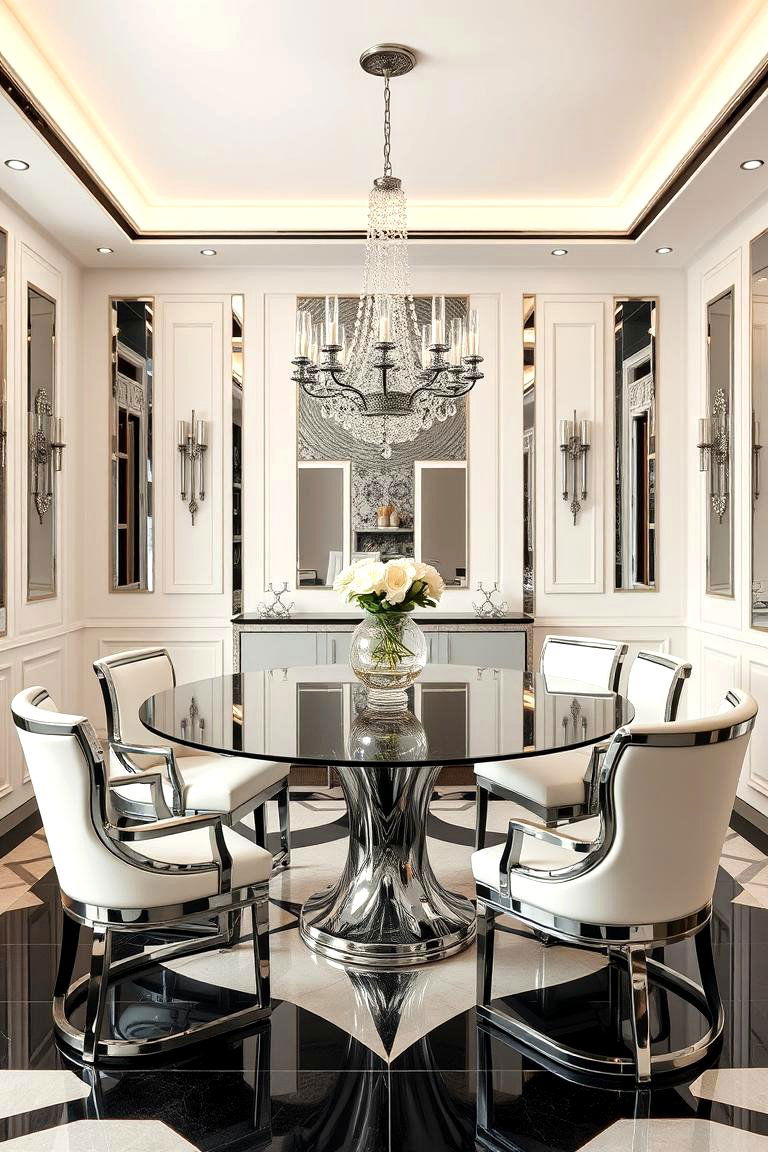
Art Deco made a comeback in the 1990s, with its glamorous, geometric shapes and luxurious materials. The style incorporated bold lines, chrome, lacquer, and glass, creating a sense of sophistication and elegance. Art Deco furniture often featured sleek, symmetrical designs with rich finishes, such as gold, black, and silver. This revival brought a sense of glamour to 1990s interiors, making it a popular choice for those seeking a touch of old-world luxury combined with modern flair.
12. Open Floor Plans

The 1990s saw the rise of open floor plans, which promoted a sense of space and flow. Walls were torn down to create large, airy spaces that encouraged movement and interaction. This trend was especially popular in living and dining areas, where the kitchen often opened up into the rest of the home. Open floor plans allowed for flexible use of space, making them ideal for families and social gatherings. The style emphasized a sense of connection and fluidity between different areas of the home.
13. Home Office Spaces
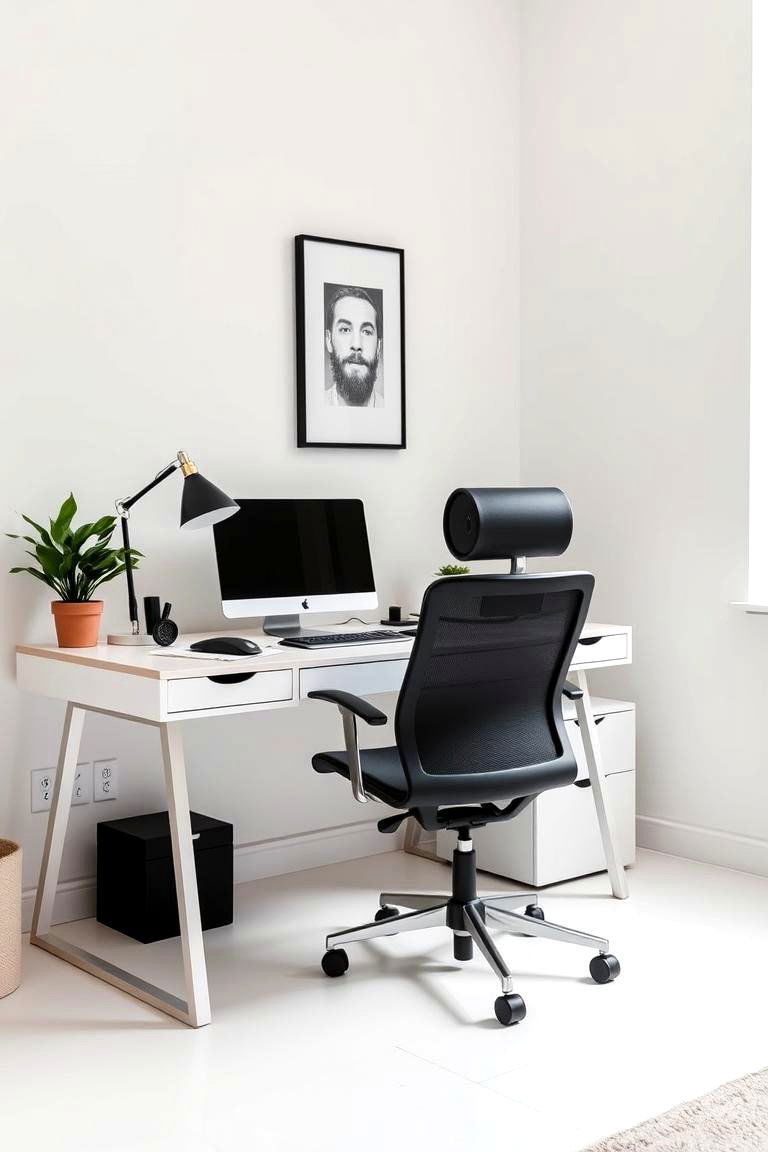
With the rise of technology and remote work, the 1990s saw the introduction of designated home office spaces. These areas were designed to provide a productive and functional environment, often featuring minimalist furniture, ergonomic chairs, and plenty of storage for documents and supplies. Home offices in the 90s often incorporated contemporary design elements, with sleek desks and modern lighting. This trend catered to the growing number of professionals working from home, offering a dedicated space for focus and creativity.
14. Natural Materials
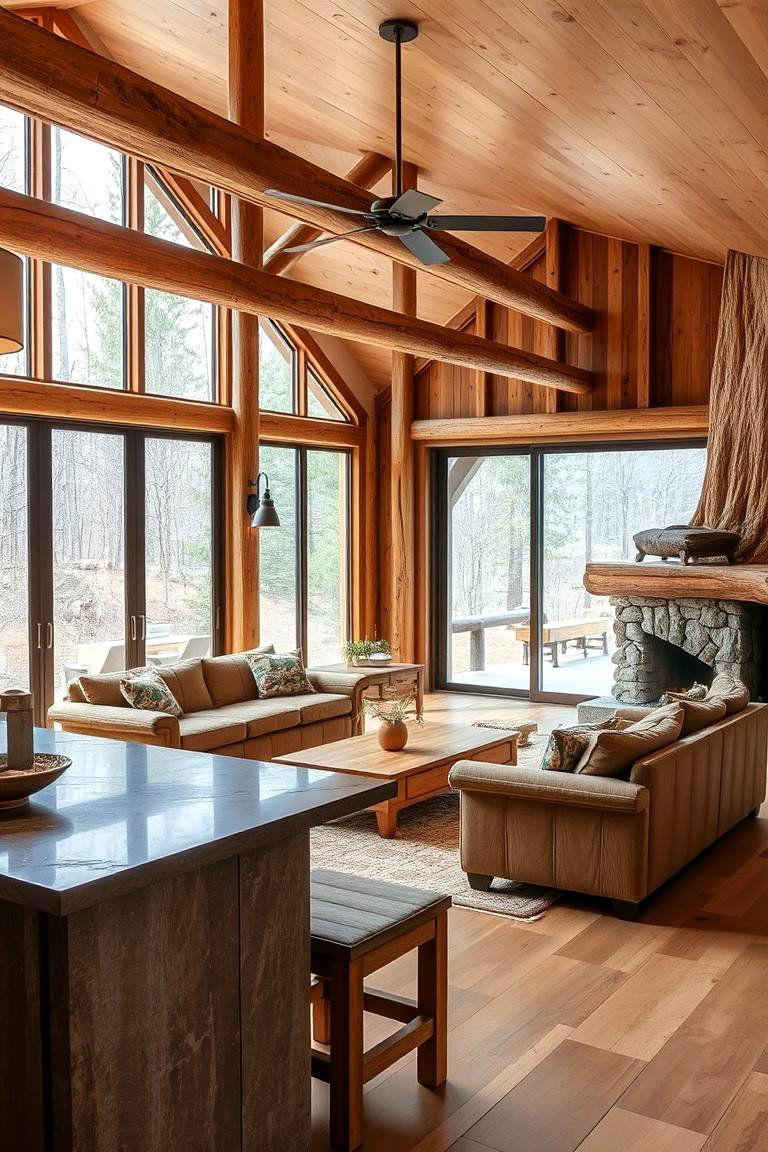
In the 1990s, natural materials like wood, stone, and glass were embraced in interior design. These elements brought an organic and earthy feel to the home, creating a connection to nature. Wooden furniture, stone countertops, and large glass windows were used to add texture and warmth to spaces. This style emphasized sustainability and a back-to-basics approach, offering a sense of comfort and authenticity. Natural materials were often paired with minimalist design elements to create a balanced and harmonious aesthetic.
15. Tropical Flair
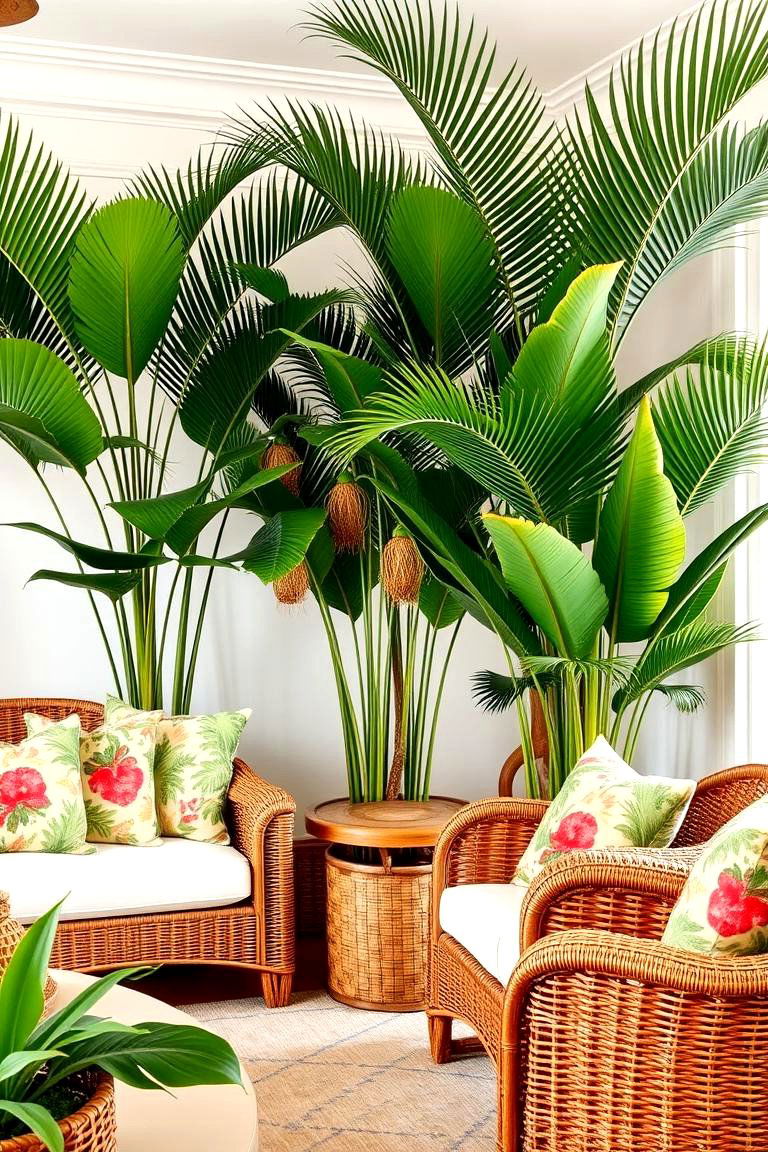
Tropical-inspired decor was a popular choice in the 1990s, with vibrant colors and bold patterns evoking a sense of vacation and relaxation. Large potted plants, such as palms and ferns, were commonly used to bring the outdoors inside. Bright tropical prints, like palm leaves or floral patterns, were often incorporated into furniture, curtains, and rugs. This style was all about creating a laid-back, paradise-like atmosphere, ideal for creating a calming and rejuvenating environment in the home.
16. Leather Accents

Leather became a popular material for furniture in the 1990s, offering a sophisticated and durable alternative to fabric. Leather sofas, armchairs, and ottomans became mainstays in living rooms, often paired with metal or wooden accents. The luxurious texture of leather added an element of refinement to the space, while its durability made it a practical choice for families and high-traffic areas. Leather accents could be used in a variety of settings, from contemporary to more traditional spaces, making it a versatile material in interior design.
17. Sunken Living Rooms
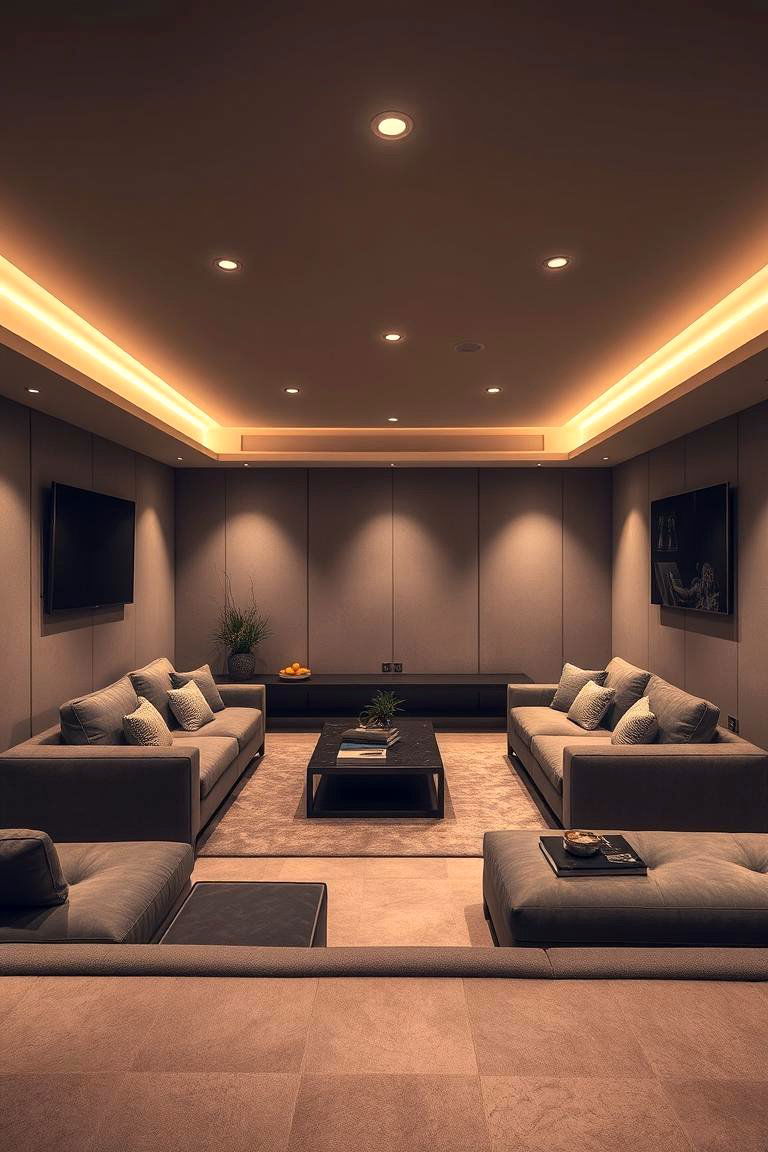
Sunken living rooms were a popular design trend in the 1990s, offering a unique and dramatic way to create a sense of intimacy and depth in a room. By lowering the floor level in a specific area, designers were able to create a cozy, enclosed space that felt separate from the rest of the room. These sunken areas were often used for seating, with plush sofas and area rugs creating a comfortable and inviting atmosphere. The effect added visual interest and a touch of sophistication to living spaces.
18. Retro Revival

The 1990s saw a resurgence of mid-century modern style, often referred to as the retro revival. Furniture from the 1950s and 1960s, such as Eames chairs and teak wood tables, were paired with newer design elements for a fresh take on this classic style. The use of bright colors, organic shapes, and minimalist lines helped to define the retro revival look. This trend brought a sense of nostalgia to the 90s, offering a way to combine old and new design elements in a way that felt both timeless and modern.
19. Black and White Interiors
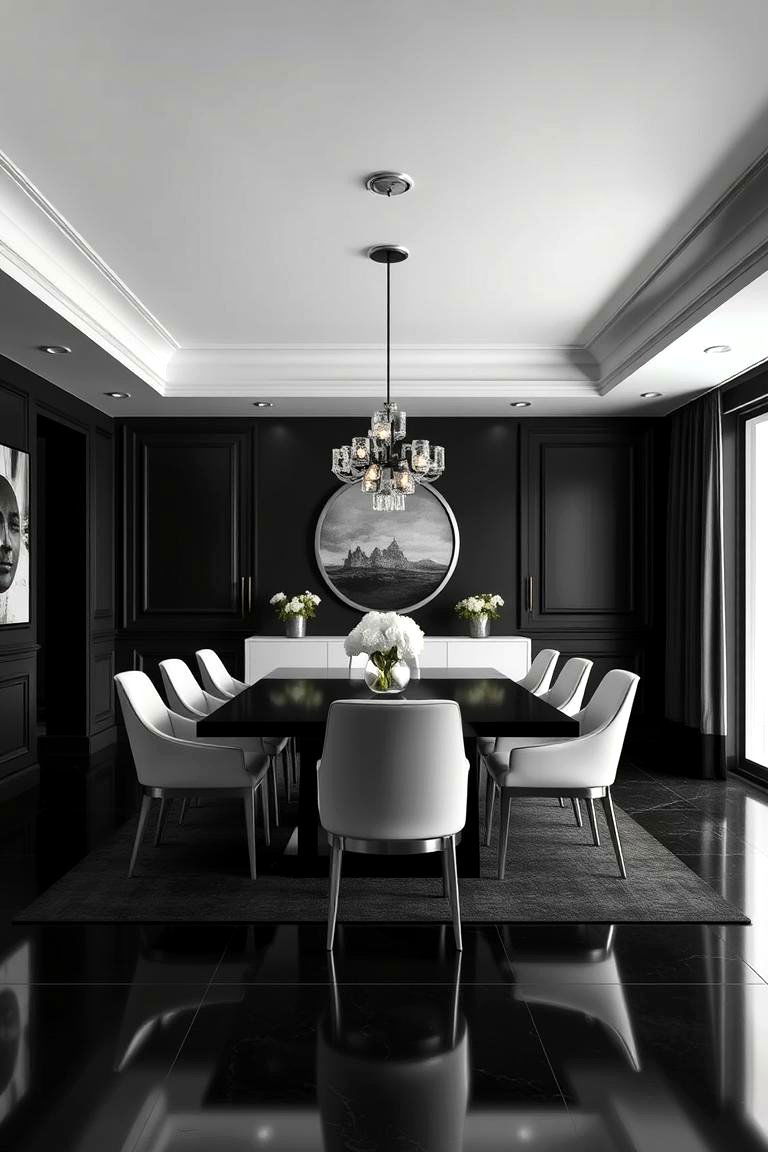
The bold combination of black and white was a popular design choice in the 1990s, creating a striking contrast that was both modern and sophisticated. This monochromatic palette was often used in contemporary spaces, with black walls or furniture contrasting against white accents. The stark contrast helped create a sense of drama and elegance, while maintaining a clean and minimalist aesthetic. Black and white interiors were versatile, working in a variety of settings from urban apartments to suburban homes.
20. Feng Shui Influence

Feng Shui, the ancient Chinese art of arranging spaces to promote harmony and balance, began to influence interior design in the 1990s. Many homeowners incorporated Feng Shui principles into their homes, focusing on the flow of energy and the placement of furniture. This approach aimed to create a sense of calm and well-being by ensuring that spaces were arranged in a way that supported both functionality and positive energy. Feng Shui-inspired designs often emphasized natural light, open spaces, and the use of specific colors and materials to enhance the flow of energy.
21. Customizable Furniture

The 1990s saw a rise in customizable furniture, allowing homeowners to tailor their pieces to suit their specific needs and preferences. Modular sofas, adjustable desks, and customizable shelving units gave individuals the ability to create spaces that fit their lifestyles. This trend was particularly popular in smaller apartments and urban homes, where maximizing space was essential. Customizable furniture made it easier to adapt a room to changing needs, whether for work, relaxation, or entertaining.
22. Tech-Integrated Spaces

As technology became more advanced in the 1990s, tech-integrated interiors became a design trend. Homes were equipped with the latest gadgets, such as wall-mounted televisions, surround sound systems, and smart lighting. These innovations were incorporated seamlessly into the design of the home, often hidden in sleek, modern cabinetry or integrated into walls and ceilings. The goal was to create spaces that were both stylish and functional, offering convenience without compromising aesthetics.
23. Mirrored Surfaces

Mirrored surfaces became a popular design feature in the 1990s, used to create the illusion of more space and add a touch of glamour. Mirrors were incorporated into furniture, lighting fixtures, and even wall decor to reflect light and make rooms feel larger. The reflective quality of mirrors also helped enhance the overall aesthetic of a room, making it feel more dynamic and visually interesting. Mirrored surfaces were particularly popular in modern and contemporary spaces, adding sophistication and a touch of luxury to interiors.
24. Soft Lighting

Soft lighting played a key role in creating a warm and inviting atmosphere in 1990s interiors. Instead of harsh overhead lighting, softer, ambient lighting sources were used to create a cozy and relaxed environment. Table lamps, floor lamps, and wall sconces were often used to provide gentle illumination that enhanced the overall mood of the room. Soft lighting helped to create a welcoming and intimate space, perfect for relaxing or entertaining.
Conclusion:
The 1990s were a decade of bold experimentation and a celebration of individual expression in interior design. From the rise of minimalism and industrial chic to the embrace of luxurious materials like velvet and leather, the era’s design choices were both varied and dynamic. Whether you’re drawn to the sleek modernism or the more cozy, eclectic styles, there’s no shortage of inspiration from this vibrant decade. Bringing elements of 1990s design into your home can create a space that feels both nostalgic and contemporary, capturing the spirit of an exciting era while making your home feel uniquely yours.


